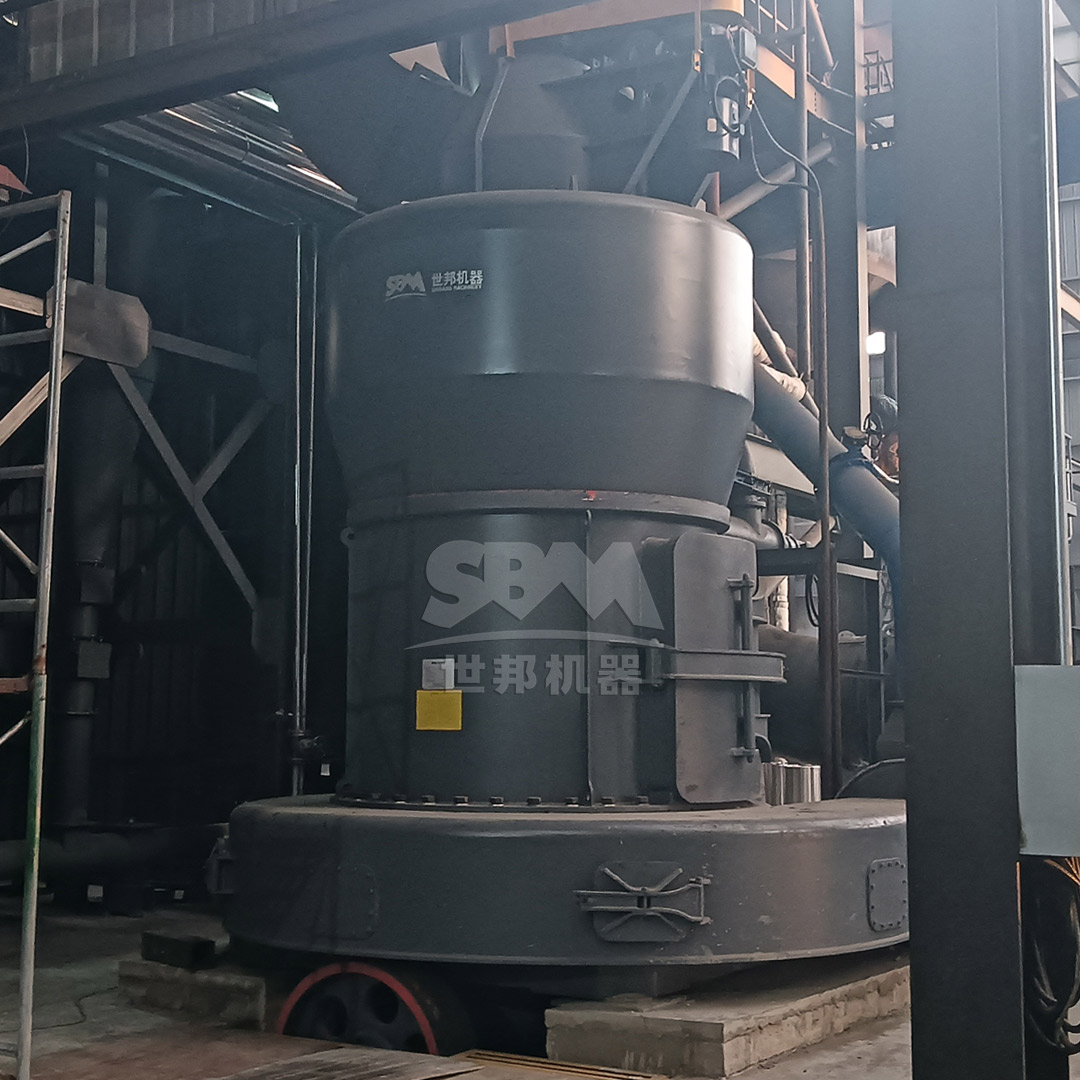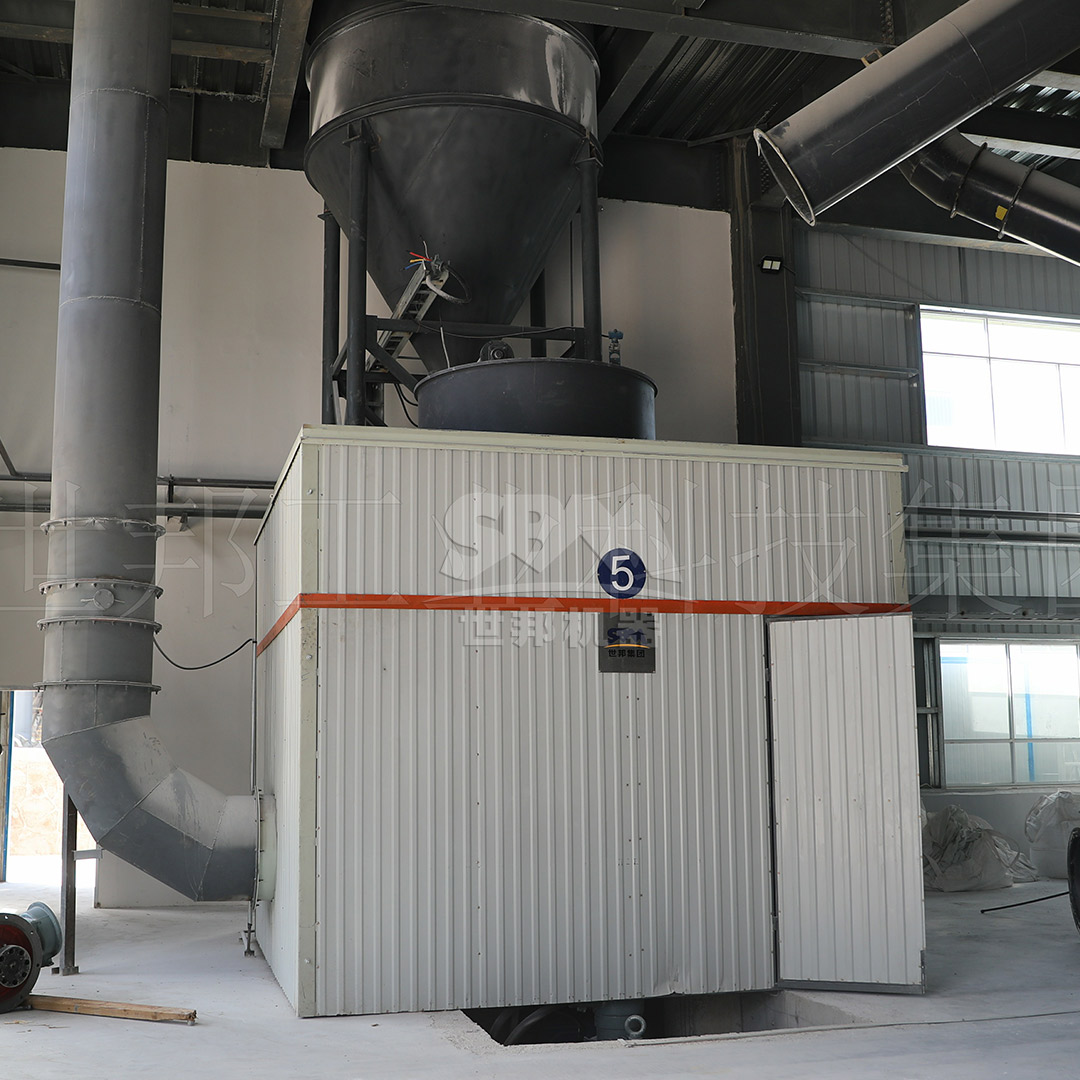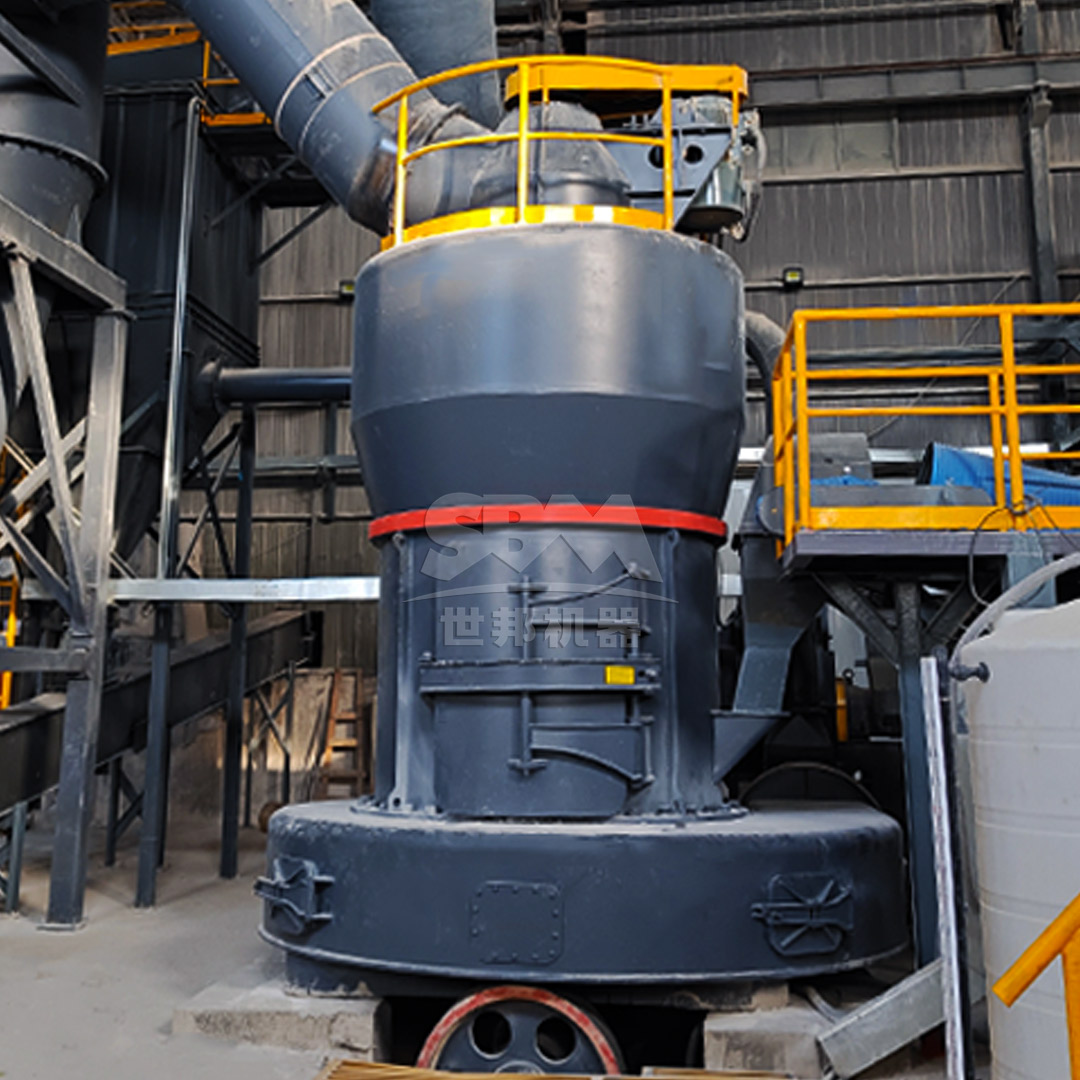Establishing a grinding plant in a new facility requires comprehensive planning and strategic decision-making. The success of such an operation depends on numerous technical, operational, and economic factors that must be carefully evaluated before implementation. This article provides a detailed analysis of the critical considerations for setting up an efficient and profitable grinding facility, with particular emphasis on equipment selection, process optimization, and long-term operational sustainability.
The grinding industry has evolved significantly in recent years, with advanced technologies offering improved efficiency, precision, and environmental compliance. Understanding these developments and how they apply to your specific application is crucial for making informed decisions that will impact your operation for years to come.
The fundamental starting point for any grinding plant design is a thorough understanding of the material to be processed. Different materials exhibit unique characteristics that directly influence equipment selection and process configuration.
Material hardness, typically measured on the Mohs scale, determines the energy required for size reduction and the wear rates on grinding components. Highly abrasive materials require specialized wear-resistant components and may benefit from equipment with replaceable wear parts to minimize downtime and maintenance costs.
The moisture content of incoming material affects flowability, handling requirements, and grinding efficiency. High moisture materials may require pre-drying systems, while extremely dry materials might need specialized dust control measures. Additionally, the initial particle size distribution and maximum feed size dictate the necessary pre-crushing or primary reduction equipment.
Certain materials may exhibit chemical reactivity, temperature sensitivity, or explosive characteristics that require special consideration in equipment design, including explosion-proof construction, inert gas blanketing, or specialized cooling systems.
| Material Property | Impact on Grinding System | Equipment Considerations |
|---|---|---|
| Hardness (Mohs scale) | Energy consumption, wear rates | Wear-resistant materials, maintenance frequency |
| Abrasiveness | Component lifespan, operating costs | Replaceable wear parts, specialized alloys |
| Moisture content | Flowability, dust control, potential for clogging | Pre-drying systems, specialized feeders |
| Chemical reactivity | Safety considerations, material compatibility | Specialized construction materials, safety systems |

Accurately determining production requirements is essential for proper equipment sizing and plant layout. Both current needs and future expansion plans should be considered during the design phase.
Production capacity should be based on comprehensive market analysis and business projections. It’s important to distinguish between peak capacity requirements and average daily production to ensure the system can handle variations in demand without compromising efficiency.
A well-designed grinding plant should accommodate future growth without requiring complete system replacement. Modular designs, provision for additional equipment, and oversizing certain infrastructure components can provide cost-effective expansion pathways.
The choice between batch and continuous processing depends on production volume, product variety, and quality consistency requirements. Continuous systems typically offer higher efficiency for large-volume single-product operations, while batch systems provide flexibility for multiple products with different specifications.
The required final product characteristics significantly influence equipment selection and process configuration. Modern grinding systems must produce consistent particle size distributions that meet increasingly stringent customer requirements.
Different applications require specific particle size distributions. Coarse grinding applications might target particles in the 600-45μm range, while ultrafine applications may require particles as fine as 5μm or less. The equipment must be capable of achieving and maintaining these specifications consistently.
Beyond size distribution, particle shape can critically impact product performance in certain applications. Some grinding technologies produce more angular particles, while others create more spherical shapes. Understanding these differences is essential for product quality.
Modern grinding operations require sophisticated quality control systems to ensure product consistency. Real-time particle size monitoring, automated sampling systems, and statistical process control methodologies help maintain product quality within specified tolerances.
Selecting the appropriate grinding technology is perhaps the most critical decision in plant design. Different grinding principles offer distinct advantages for specific applications and material characteristics.
For applications requiring extremely fine particles in the 325-2500 mesh range (D97≤5μm), specialized equipment is necessary. The SCM Ultrafine Mill represents an excellent solution for these demanding applications. With its vertical turbine classifier ensuring precise particle size cuts and special material rollers and grinding rings that extend service life, this equipment delivers consistent ultrafine powder production. The intelligent control system automatically adjusts to maintain target particle size, while the pulse dust collection system exceeds international environmental standards. With capacity ranging from 0.5 to 25 tons per hour depending on model, the SCM series offers scalability for various production requirements.

For applications requiring particle sizes in the 30-325 mesh range, the MTW Series Trapezium Mill provides an efficient and reliable solution. Its curved air channel design reduces energy loss and improves transmission efficiency, while the combined shovel blades significantly reduce maintenance costs. The integral transmission with bevel gears achieves up to 98% transmission efficiency, saving space and reducing installation costs. With capacity ranging from 3 to 45 tons per hour, the MTW series handles various medium-hard materials with consistent results and lower operating costs.
For large-scale operations requiring capacities up to 250 tons per hour, vertical roller mills offer significant advantages in footprint, energy efficiency, and operational flexibility. These systems integrate multiple functions including grinding, drying, and classification in a single compact unit, reducing both capital and operating costs.
| Grinding Technology | Optimal Particle Size Range | Typical Capacity Range | Key Applications |
|---|---|---|---|
| SCM Ultrafine Mill | 325-2500 mesh (5-45μm) | 0.5-25 t/h | Pharmaceuticals, high-purity ceramics, advanced materials |
| MTW Trapezium Mill | 30-325 mesh (45-600μm) | 3-45 t/h | Industrial minerals, medium-hard materials, general powder production |
| LM Vertical Roller Mill | 30-325 mesh (45-600μm) | 3-250 t/h | Cement, slag, large-scale mineral processing |
| Ball Mill | 0.074-0.8mm | 0.65-450 t/h | Mining, cement, wet or dry grinding applications |
Energy consumption typically represents the largest component of operating costs in grinding operations. Selecting energy-efficient equipment and optimizing process parameters can significantly impact profitability.
Different grinding technologies exhibit varying energy efficiency profiles. Modern vertical mills and specialized ultrafine grinding systems can reduce energy consumption by 30-50% compared to traditional technologies. A comprehensive analysis should include not only the main grinding equipment but also ancillary systems such as classifiers, dust collectors, and material handling equipment.
Equipment with extended maintenance intervals and easily replaceable wear components can dramatically reduce operating costs and improve overall equipment effectiveness. Technologies featuring specialized wear materials and intelligent monitoring systems help predict maintenance needs before they cause unplanned downtime.
Beyond initial capital investment, a thorough total cost of ownership analysis should include energy consumption, maintenance requirements, spare parts consumption, and expected equipment lifespan. This comprehensive approach ensures the selection of the most economically viable solution over the equipment’s operational life.
Efficient plant layout directly impacts operational efficiency, maintenance accessibility, and future expansion capabilities. A well-designed material flow minimizes handling, reduces energy consumption, and improves overall system reliability.
The grinding process should be designed as an integrated system rather than a collection of individual equipment pieces. Proper sequencing of size reduction stages, efficient classification circuits, and optimized material transport between operations all contribute to overall system performance.
Adequate space for equipment operation, maintenance access, and future expansion must be incorporated into the plant design. Equipment requiring regular maintenance should be positioned for easy access, with sufficient clearance for component replacement.
Comprehensive dust control systems are essential for both environmental compliance and product recovery. Proper enclosure of transfer points, efficient dust collection system design, and careful consideration of material flow all contribute to effective dust management.

Modern grinding operations must address increasingly stringent environmental regulations while implementing sustainable practices that minimize ecological impact.
Advanced dust collection technology is essential for compliance with air quality standards. Modern pulse-jet baghouse filters and cartridge collectors can achieve collection efficiencies exceeding 99.9%, with emissions well below regulatory limits. The selection of appropriate filter media and system design should consider the specific characteristics of the processed material.
Grinding operations can generate significant noise, requiring implementation of control measures to protect workers and comply with occupational health regulations. Equipment selection should prioritize technologies with integrated noise reduction features, such as acoustic enclosures, vibration isolation, and low-noise design principles.
Even in dry grinding operations, water may be used for cooling systems or dust suppression. Implementing closed-loop water systems, efficient cooling towers, and water recycling technologies minimizes consumption and environmental impact.
Modern grinding plants increasingly rely on sophisticated automation systems to optimize performance, ensure consistent product quality, and reduce operating costs.
A well-designed control system should integrate equipment protection, process optimization, and quality management functions. Distributed control systems with centralized monitoring provide flexibility while maintaining operational oversight.
Advanced control strategies can optimize grinding circuit performance by adjusting operating parameters in response to changing feed characteristics and product requirements. Model-based control, expert systems, and neural network approaches have all demonstrated significant benefits in grinding applications.
Comprehensive data collection systems provide the foundation for performance monitoring, predictive maintenance, and continuous improvement initiatives. Integration of operational data with quality measurements enables real-time optimization and historical performance analysis.
Establishing a successful grinding plant requires careful consideration of multiple interrelated factors. From material characteristics and production requirements to equipment selection and environmental compliance, each decision impacts the long-term viability of the operation. By taking a systematic approach to plant design and equipment selection, operators can create efficient, profitable facilities that produce consistent, high-quality products while minimizing environmental impact and operating costs.
The advancement in grinding technologies, particularly in energy efficiency, precision classification, and automation, continues to create new opportunities for optimization. By leveraging these developments and applying the principles outlined in this article, new grinding facilities can achieve operational excellence from commissioning through decades of productive operation.